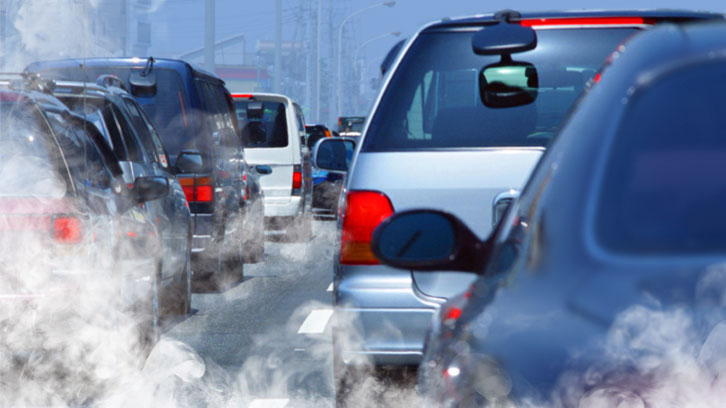Different Exposure of Infants and Adults to Ultrafine Particles

Author: iStockphoto/ssuaphoto.
Epidemiological and clinical studies demonstrated the relationship between exposure to air pollution (including ultrafine particle, UFP) and acute respiratory infections, lung cancer, chronic obstructive pulmonary disease, and cardiovascular disease. These particles induces responses in the body that can exacerbate symptoms or health conditions in the most sensitive groups of populations. Children are especially sensitive, particularly when they get close to the exhaust emissions of the vehicles on the street.
The aims of this study were to determine and to compare the concentration of UFP at two different heights with a naturalistic design, simulating infants riding in their stroller on the street, adult pedestrians, and related environmental factors.
Two different portable devices (particle counters) were used to measure simultaneously exposure to UFPs at different heights, one corresponding to the height of an infant in a stroller (0.55 m) and the other one to the height of the face of an adult pedestrian (1.70 m). Measurements were taken on three different streets with high traffic density in Barcelona (Via Laietana, Diagonal and Gran Via), in 10 consecutive days during spring, with two sampling sessions of 1 hour each day, moving afoot and taking into account temperature, humidity, and wind speed.
|
|
|
| Figure 1: Differences between UFP measurements obtained at 1.70 and 0.55 meters in different streets of Barcelona city. | |
This study revealed that infants transported by stroller in urban areas and breathing at heights similar to that of passing vehicle’s tailpipe are exposed to higher concentrations of UFP, as a surrogate marker of air pollution and of deleterious health effects, than those breathing at higher locations, as adults. As infants are more vulnerable and UFP have higher impact on their health, measures should be taken to protect this population when is transported on the street.
Department of Paediatrics, Obstetrics, Gynaecology and Preventive Medicine
References
Garcia-Algar, O.; Canchucaja, L.; d'Orazzio, V.; Manich, A.; Joya, X.; Vall, O. Different exposure of infants and adults to ultrafine particles in the urban area of Barcelona. Environmental Monitoring and Assessment. 2015, vol. 187, num. 1, 4196. doi: 10.1007/s10661-014-4196-5.


